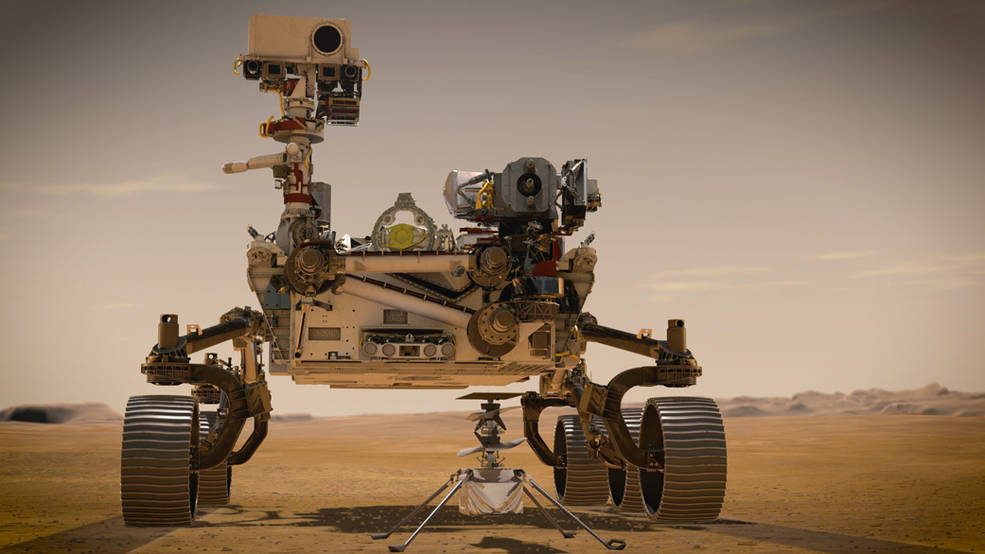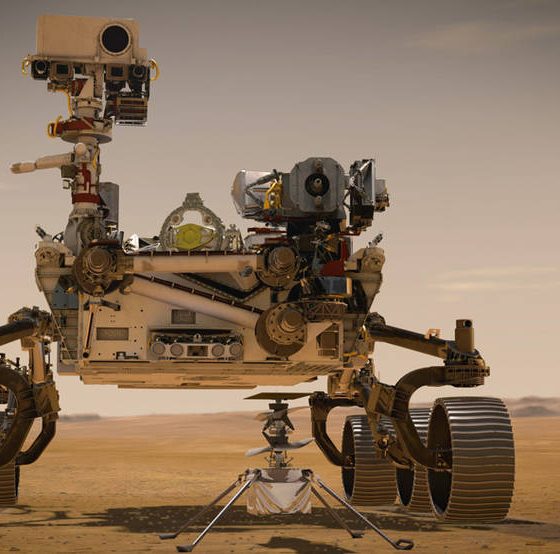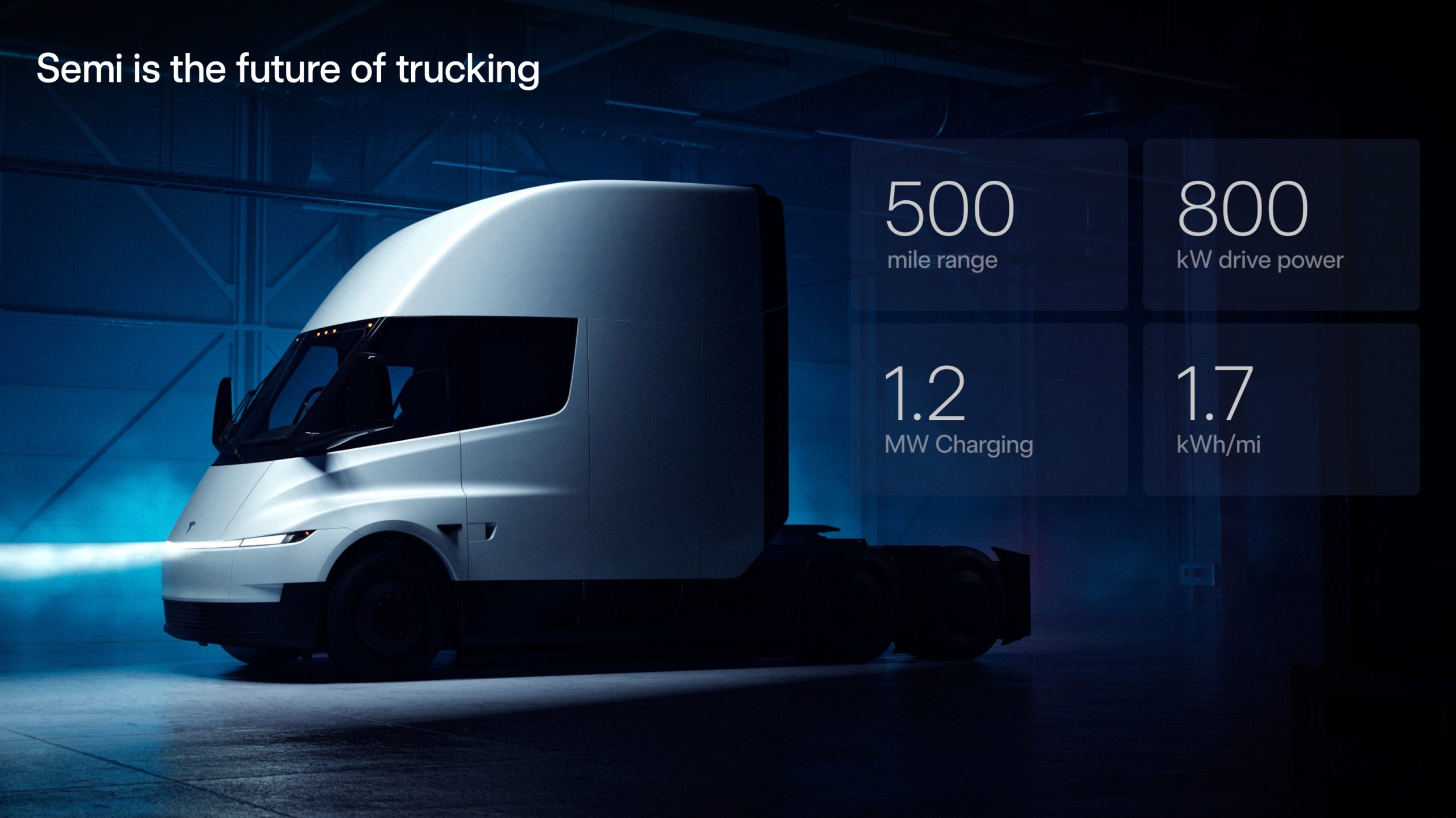

News
NASA Mars rover completes preflight checks ahead of this week’s launch
NASA’s Perseverance rover headed for Mars this week officially cleared all required Flight Readiness Reviews, pushing the mission one step closer to its launch pad rollout and liftoff. Launch provider ULA (United Launch Alliance) announced the milestone earlier today.
“The Launch Readiness Review (LRR) has given the approval to continue preparations for Thursday’s liftoff of the United Launch Alliance Atlas V rocket carrying NASA’s Mars 2020 mission,” ULA’s official mission page stated. “Leadership from ULA, NASA and the Space Force assessed the readiness of the rocket, payload and mission assets, discussed the status of pre-flight processing work, heard technical overviews of the countdown and flight, and previewed the weather forecast that continues to be favorable with an 80 percent chance of acceptable conditions. At the conclusion of the meeting, senior leaders were polled and gave a unanimous ready status for launch, then signed the Launch Readiness Certificate.”
“I just want to say that the launch readiness review is complete and we are ‘go’ for launch.” Administrator @JimBridenstine shares the latest for the July 30 launch of our @NASAPesereve rover. #CountdownToMars https://t.co/JXscvTFIRt pic.twitter.com/yVEHYrHq4J
— NASA (@NASA) July 27, 2020
NASA followed with two separate live-streamed conferences in an effort to both inform and engage the public about the mission’s details and goals. During the first pre-launch event, key executives for the mission expressed their pride in the Perseverance rover team while making particular note of the challenging circumstances faced during the COVID-19 pandemic. “Every day was taking the kids to work day,” mused Omar Baez, NASA’s Senior Launch Director.
Keeping the 2020 Mars rover mission on schedule has been vitally important compared to other launches due to the timing involved with the seven-month journey to the red planet. “We have a 20 day planetary launch window, and if we miss it, we’re pushing out another couple of years,” explained Matt Wallace, Perseverance’s Deputy Project Manager, during the first conference. NASA’s second conference of the day focused on the engineering details behind the rover’s instruments to fulfill its three primary missions of seeking signs of life, collecting/caching samples, and testing future technologies.
“I would have never thought that a launch director would be working from home, and I’ve done that for the last 5 months.” @NASA_LSP Launch Director Omar Baez shares how the whole @NASAPersevere team adjusted to work in today’s environment. #CountdownToMars pic.twitter.com/rxO49EG5SL
— NASA (@NASA) July 27, 2020
The 2020 rover has many unique instruments that make it stand out from NASA’s other rovers and landers currently residing on Mars. As part of making the search for ancient microbial life its mission priority, Perseverance has a large robotic arm with a multi-bit drill attached for gathering and storing scientifically interesting samples. These specimens will later be brought to Earth as part of a “sample return” mission.
NASA’s newest Mars rover will additionally have two technology tests aboard – one that generates oxygen from the planet’s carbon dioxide atmosphere, the other a small helicopter for gathering aerial data, and enabling more widespread travel possibilities. Perhaps most relatable to many humans’ day-to-day, however, is Perseverance’s “selfie” capabilities. Not just limited to snaps surrounded by regolith and red mountains, once descent and landing begin from Martian orbit, the rover’s numerous cameras will capture the entire event on video and send the footage back to NASA’s team and the public alike.
Perseverance will accomplish its tasks using power provided by a plutonium-238 nuclear energy source with a 14-year lifespan. As the isotope decays, heat is generated and converted into electricity to charge the rover’s batteries. This part of the mission was activated and loaded with Perseverance into its ULA Atlas V rocket last week.
NASA plans the mission’s launch pad rollout tomorrow with an early morning liftoff on Thursday, July 30th.

News
Tesla Cybercab tests are going on overdrive with production-ready units
Tesla is ramping its real-world tests of the Cybercab, with multiple sightings of the vehicle being reported across social media this week.

Tesla is ramping its real-world tests of the Cybercab, with multiple sightings of the autonomous two-seater being reported across social media this week. Based on videos of the vehicle that have been shared online, it appears that Cybercab tests are underway across multiple states.
Recent Cybercab sightings
Reports of Cybercab tests have ramped this week, with a vehicle that looked like a production-ready prototype being spotted at Apple’s Visitor Center in California. The vehicle in this sighting was interesting as it was equipped with a steering wheel. The vehicle also featured some changes to the design of its brake lights.
The Cybercab was also filmed testing at the Fremont factory’s test track, which also seemed to involve a vehicle that looked production-ready. This also seemed to be the case for a Cybercab that was spotted in Austin, Texas, which happened to be undergoing real-world tests. Overall, these sightings suggest that Cybercab testing is fully underway, and the vehicle is really moving towards production.
Production design all but finalized?
Recently, a near-production-ready Cybercab was showcased at Tesla’s Santana Row showroom in San Jose. The vehicle was equipped with frameless windows, dual windshield wipers, powered butterfly door struts, an extended front splitter, an updated lightbar, new wheel covers, and a license plate bracket. Interior updates include redesigned dash/door panels, refined seats with center cupholders, updated carpet, and what appeared to be improved legroom.
There seems to be a pretty good chance that the Cybercab’s design has been all but finalized, at least considering Elon Musk’s comments at the 2025 Annual Shareholder Meeting. During the event, Musk confirmed that the vehicle will enter production around April 2026, and its production targets will be quite ambitious.
News
Tesla gets a win in Sweden as union withdraws potentially “illegal” blockade
As per recent reports, the Vision union’s planned anti-Tesla action might have been illegal.

Swedish union Vision has withdrawn its sympathy blockade against Tesla’s planned service center and showroom in Kalmar. As per recent reports, the Vision union’s planned anti-Tesla action might have been illegal.
Vision’s decision to pull the blockade
Vision announced the blockade in early December, stating that it was targeting the administrative handling of Tesla’s facility permits in Kalmar municipality. The sympathy measure was expected to start Monday, but was formally withdrawn via documents sent to the Mediation Institute and Kalmar Municipality last week.
As noted in a Daggers Arbete report, plans for the strike were ultimately pulled after employer group SKR highlighted potential illegality under the Public Employment Act. Vision stressed its continued backing for the Swedish labor model, though Deputy negotiation manager Oskar Pettersson explained that the Vision union and IF Metall made the decision to cancel the planned strike together.
“We will not continue to challenge the regulations,” Petterson said. “The objection was of a technical nature. We made the assessment together with IF Metall that we were not in a position to challenge the legal assessment of whether we could take this particular action against Tesla. Therefore, we chose to revoke the notice itself.”
The SKR’s warning
Petterson also stated that SKR’s technical objection to the Vision union’s planned anti-Tesla strike framed the protest as an unauthorized act. “It was a legal assessment of the situation. Both for us and for IF Metall, it is important to be clear that we stand for the Swedish model. But we should not continue to challenge the regulations and risk getting judgments that lead nowhere in the application of the regulations,” he said.
Vision ultimately canceled its planned blockade against Tesla on December 9. With Vision’s withdrawal, few obstacles remain for Tesla’s long-planned Kalmar site. A foreign electrical firm completed work this fall, and Tesla’s Careers page currently lists a full-time service manager position based there, signaling an imminent opening.
News
Tesla Semi program Director teases major improvements

Tesla Semi Program Director Dan Priestly teased the major improvements to the all-electric Class 8 truck on Thursday night, following the company’s decision to overhaul the design earlier this year.
Priestley said he drove the Semi on Thursday, and the improvements appear to be welcomed by one of the minds behind the project. “Our customers are going to love it,” he concluded.
Just drove the redesigned Semi. Our customers are going to love it. https://t.co/KZ88sf1CDL
— Dan Priestley (@danWpriestley) December 19, 2025
The small detail does not seem like much, but it is coming from someone who has been involved in the development of the truck from A to Z. Priestley has been involved in the Semi program since November 2015 and has slowly worked his way through the ranks, and currently stands as the Director of the program.
Tesla Semi undergoes major redesign as dedicated factory preps for deliveries
Tesla made some major changes to the Semi design as it announced at the 2025 Annual Shareholder Meeting that it changed the look and design to welcome improvements in efficiency.
Initially, Tesla adopted the blade-like light bar for the Semi, similar to the one that is present on the Model Y Premium and the Cybertruck.
Additionally, there are some slight aesthetic changes to help with efficiency, including a redesigned bumper with improved aero channels, a smaller wraparound windshield, and a smoother roofline for better aero performance.
All of these changes came as the company’s Semi Factory, which is located on Gigafactory Nevada’s property, was finishing up construction in preparation for initial production phases, as Tesla is planning to ramp up manufacturing next year. CEO Elon Musk has said the Semi has attracted “ridiculous demand.”
The Semi has already gathered many large companies that have signed up to buy units, including Frito-Lay and PepsiCo., which have been helping Tesla test the vehicle in a pilot program to test range, efficiency, and other important metrics that will be a major selling point.
Tesla will be the Semi’s first user, though, and the truck will help solve some of the company’s logistics needs in the coming years.








